I came across SG Strawberries by chance – in the midst of Googling for an unrelated matter.
The idea of growing one’s own strawberries from the comfort of one’s home sounded like a millennial’s experimental pursuit to me – but to my surprise, this is the collective effort of a parent, with her daughter, niece, and nephew!
The Wish Of A Child Fulfilled
Summer Fong’s wish for her 11th birthday was to harvest her own strawberries at home. Yet, the idea of harvesting their own strawberries also caught the attention of her mother, Victoria, and her cousin, Shona.
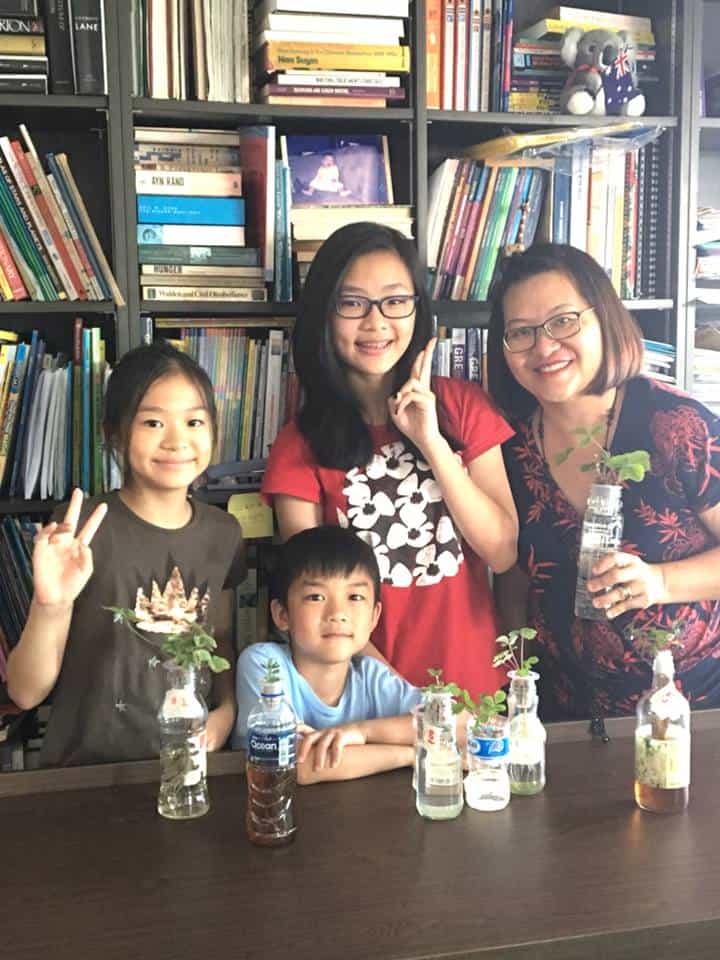
Victoria – an avid gardener, blogger, and trainer – tells me:
“It was a good thing we (had) no gardening experience then, because this (made) us more willing to explore the unorthodox – we (poured) all our energy into watching YouTube videos and finding books to read about strawberries.”
She was also equally drawn into the children’s ideas of growing strawberries, after hearing Summer express her wishes to do so – the idea of a strawberry garden in the apartment and having friends over for play dates to pick strawberries appealed to Victoria too!
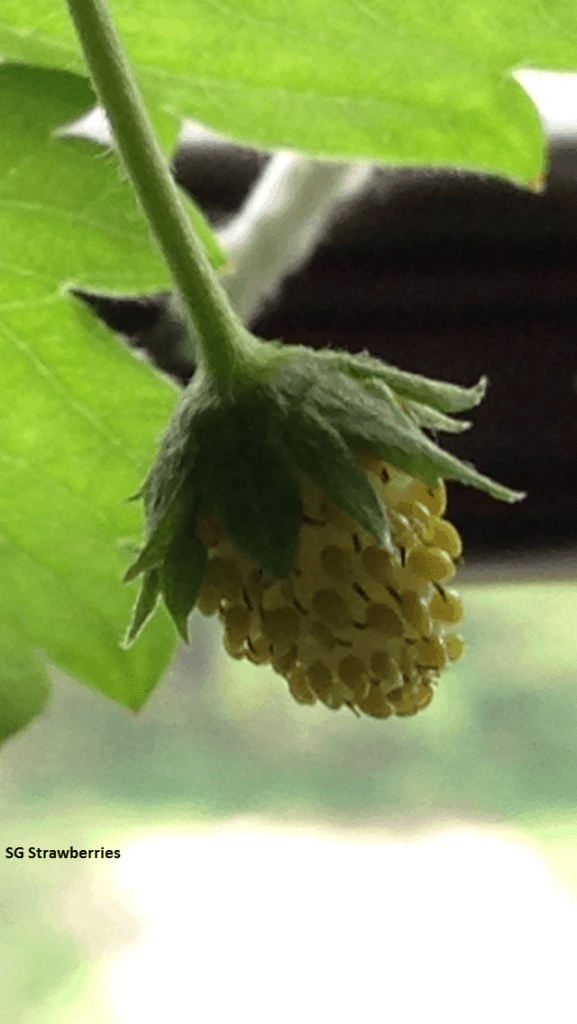
Later, a chance encounter of finding strawberry seeds for sale at a nearby nursery propelled their move to the next level – putting the desire to grow strawberries into action – and thus, SG Strawberries was born.
Together with Victoria, the SG Strawberries team currently consists of Summer, now 14 and a student Singapore Chinese Girls’ School; Victoria’s niece Shona Ueyama Ho, 11, a student at CHIJ Toa Payoh; and her nephew, Kosuke Ueyama Ho, aged 8 and a student at SJI Primary.
Home Gardening: The First Steps
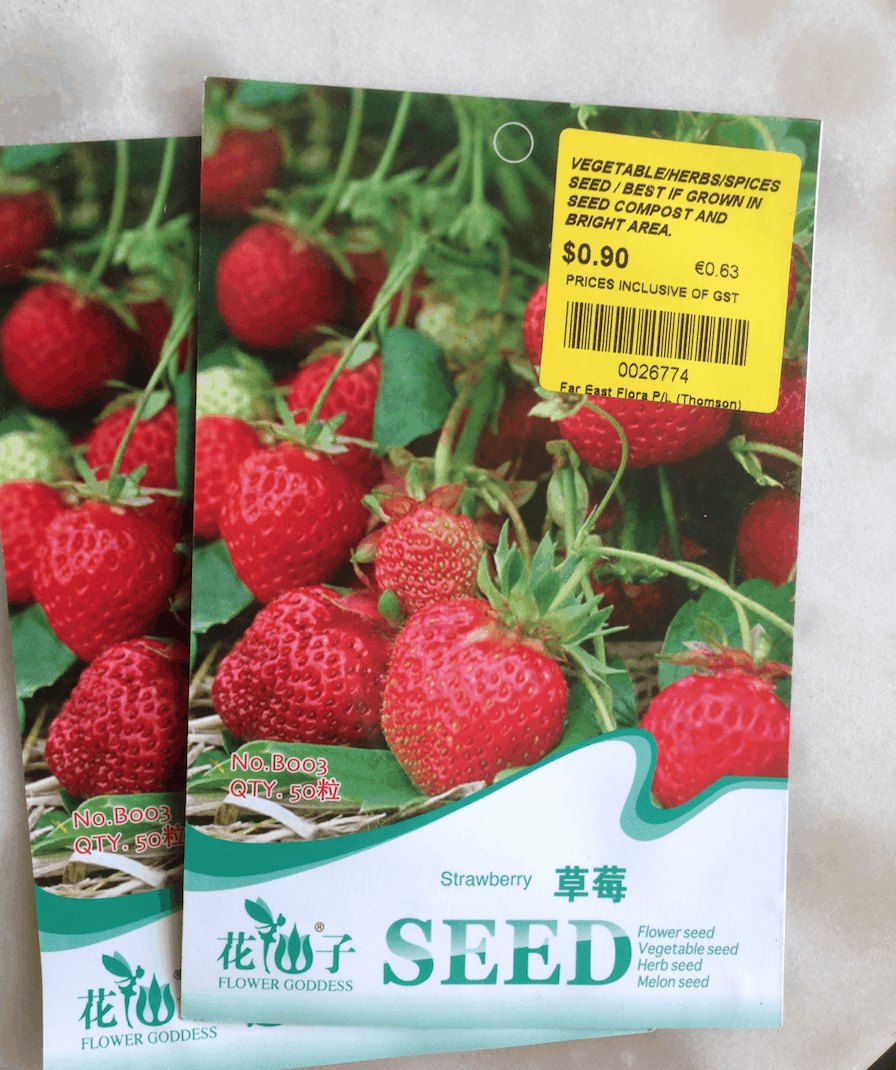
Victoria explains that as the team was all new to gardening, they had no idea what to use as fertilizer. As their plants would be located in the bedrooms, she did not want to use synthetic or poo-related fertilizer.
“What we did was buying the best organic soil that we could find, and (we) just learned along the way. Reading about how other people grow strawberries online and actually doing the work ourselves was very different.”
“There were many trials and errors. But we learned together, (and) Summer also brought her classroom knowledge home.”
Much of the team’s first encounters stemmed from the desire to fill in the gaps that existed at the time – for example, Victoria shares that they “had no idea what the ideal plant growth was, and this information was not available online as well.”
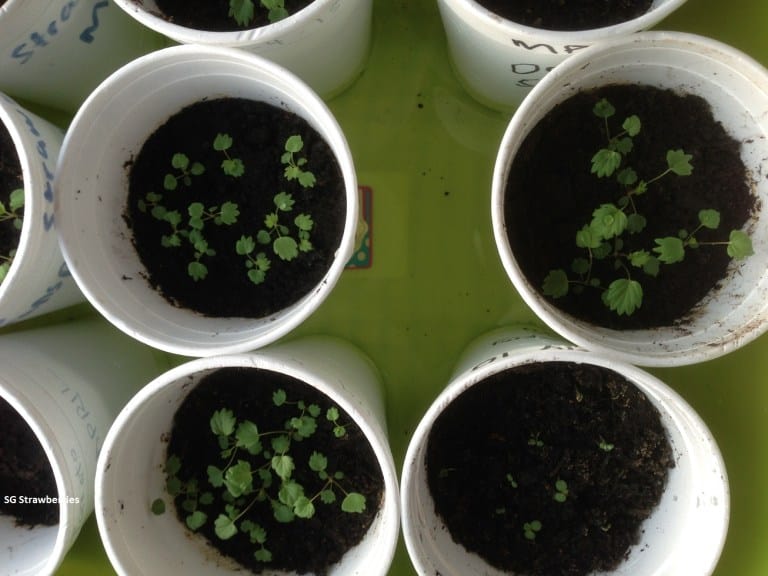
“A lot of articles on fruits or how to care for plants (focused on) when (the plant was) already at (a) mature stage,” she adds.
The team also had to find out more information by talking to growers abroad, who were members of their gardening group.
Says Victoria, “In the beginning, all we did was imitate their environment. Then, as every stage of our plants’ progress was new and amazing to us, and because everything was new, we took a lot of pictures. Our blog was created so that we (had) a place to park and organize our notes and pictures.”

The pursuit of urban farming, shaped by their strawberry-growing experiences and running the “SG Farming in Apartments” Facebook group also gave Victoria the chance to reach out to more like-minded individuals.
“Behind our strawberry & gardening posts is a message about sustainability and protecting our environment (through) recycling, composting or growing without (leaving a) carbon footprint.”
She gives an example – a lot of people thought growing strawberries means switching on the air-con all the time, or that they need high tech automation. So they think that only rich people who can afford all these can grow strawberries.
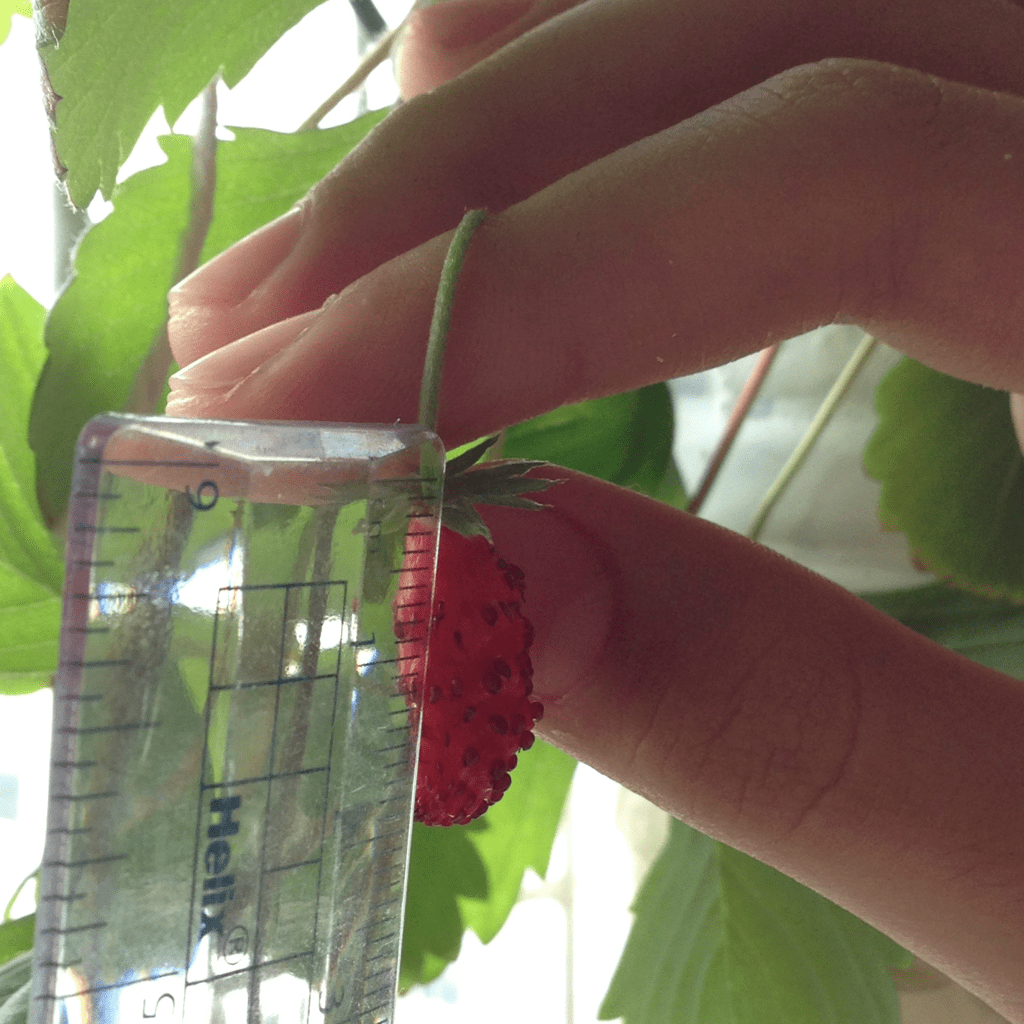
“We hope to show that anything is possible, with enough understanding of the plants and their needs. Our gardens are very low tech – we craft our pots out of PET (polyethene terephthalate) bottles and these days, our fertilizers come from composting,” she explains.
Home Gardening Adventures
Since growing strawberries, the team has progressed to growing their own food more regularly.
“Being able to grow them from seeds really means we get to taste stuff we cannot find in supermarkets as well. For example, these include white strawberries, fresh wolfberries, etc,” Victoria says.
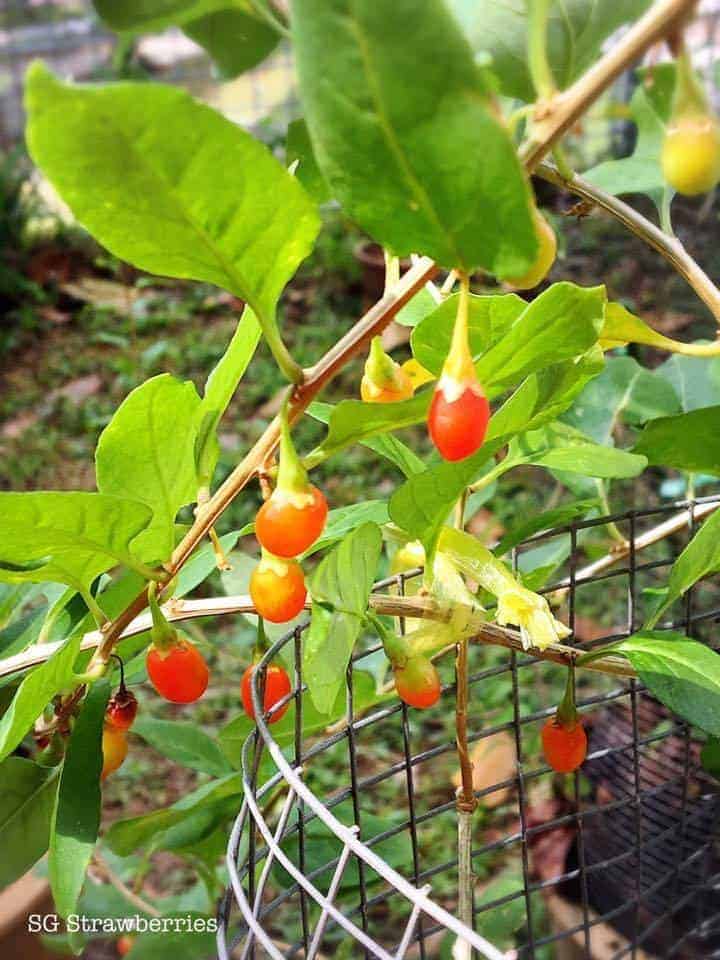
However, she also tells me that the team chooses to grow the food they like to eat – hence, they grow “nothing bitter”. Bitter gourd, for example, is one of the foods the team does not want to grow!
Nonetheless, the team has managed to grow a wide variety of food – indoors; they grow “mostly edibles, salads and strawberries,” outdoors; their crops of choice include capsicums, lemons, figs, and herbs.
Says Victoria, “I personally love (growing my own food) now, growing and being able to harvest food that I grew from seeds, finding answers and keeping plants’ journals to share with gardening hobbyists.”
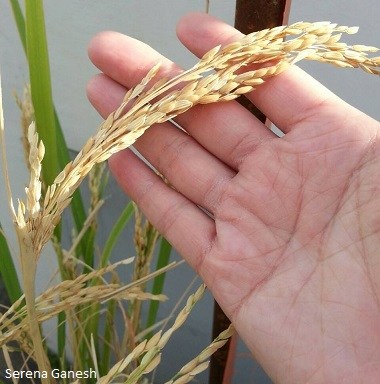
As a rule of thumb, Victoria shares that “anything that needs more room than a PET bottle gardening and more sun” is grown outdoors.
This year, the team is also growing rice.
When I ask if they have tried growing “exotic” or unusual plants, Victoria tells me that they have grown wolfberries (goji berries) from a common local vegetable – kau kee.
Similar to their strawberry-growing pursuit, many people did not believe that the kau kee vegetable comes from the wolfberry plant. Additionally, there was also a lack of information online on how the plant progresses through its stages from a young plant to maturity.
Memories Of The Journey
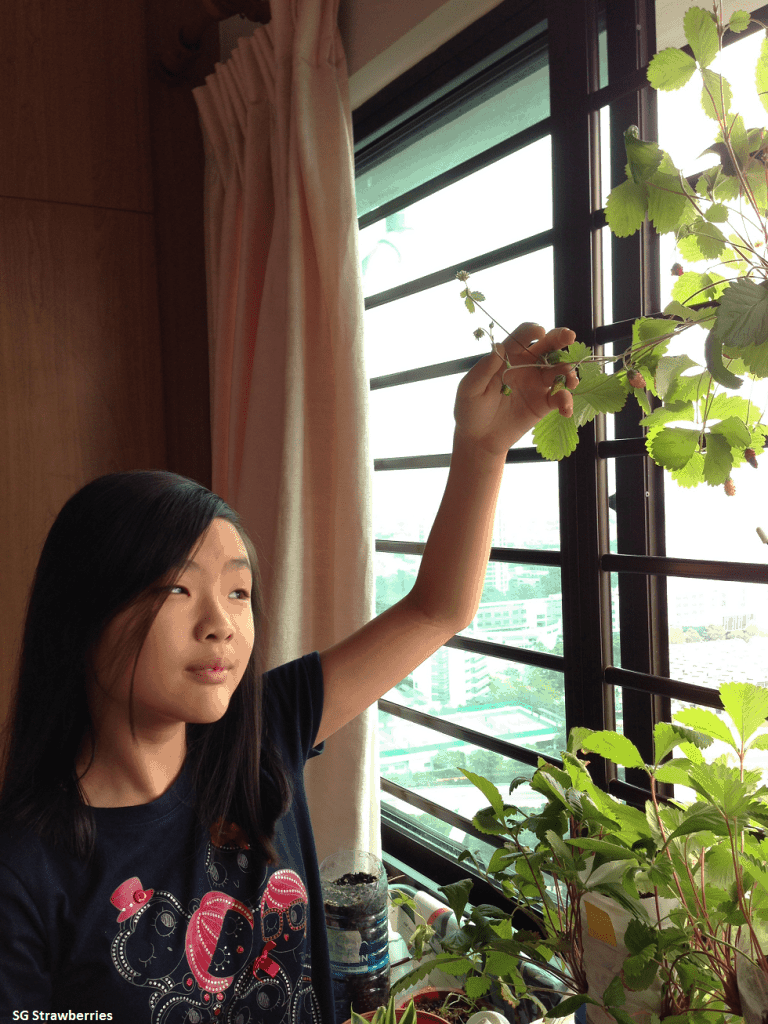
Having experienced this unique endeavour, the team had many memorable experiences to share.
For Summer, the opportunity to observe her mother’s excitement and dedication to the project proved most memorable.
She says, “The most memorable experience for me in this endeavour was definitely seeing my mother so excited about what we were doing. I had never seen her so immersed in a project before. Being able to be a part of this experience that brings my parents such joy will always be memorable.”
Shona and Kosuke, on the other hand, enjoyed the opportunity to appear on television and were happy to realise their dream of picking strawberries at home.
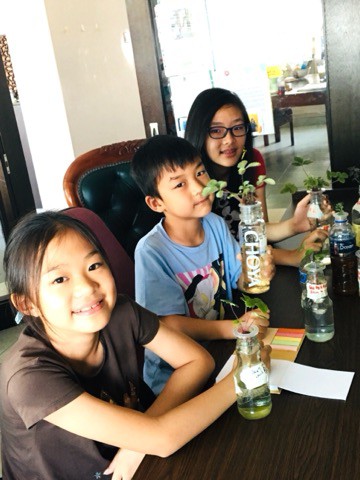
“The best moment for us is when we appeared on TV and classmates or teachers asked about growing strawberries. We also liked to visit gardening events and people came up and asked if we (were) the SG Strawberries kids and (they wanted) our autographs!”
“This made us very happy because it made us (remember) how we (worked) hard at making our dream of picking strawberries at home come true. People recognised that it is possible to grow them here and want to try (it) too.”
Moments Of Pride
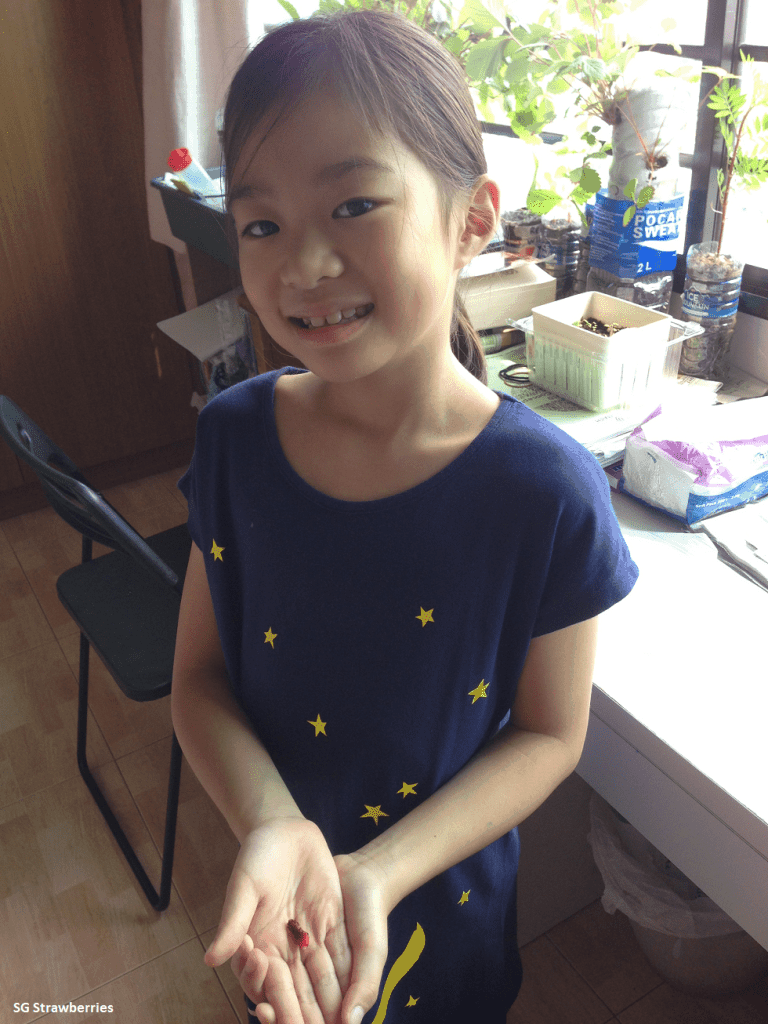
As Victoria shares the moments on the home gardening journey that bring her the most pride, it is evident that the children’s independence and willingness to try new things brings her joy.
“I am most proud of the kids for being the spokesperson(s) in our videos – Summer for the English communities, and Shona for the Japanese communities.”
“Once we learned anything new about our plants, the kids wrote their own scripts and we put our videos up on Youtube for sharing with our communities. I love their imagination and gutsy-ness to try everything.”
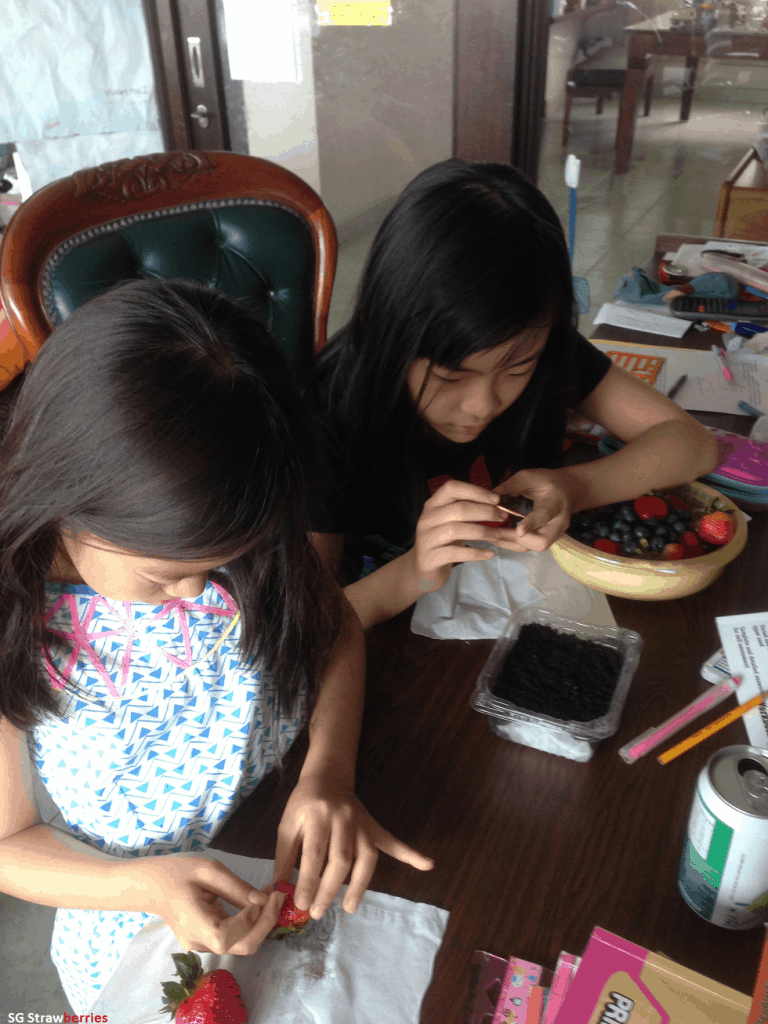
For Shona and Kosuke, being able to harvest their strawberries when the plants have matured was an achievement in itself –
“The achievement for us (was) when the strawberries grew and we (got) to pick them, especially the really special ones that cannot be bought in supermarkets. We grew white, red and yellow strawberries and they (were) all very sweet and pretty.”
Lessons Learnt
Describing the collaboration of parent (or aunt) to three curious kids, Victoria says,
“It was most enjoyable because we were all making a wish come true. We just went along with everything that bounced back (such as sharing our journey in public, etc).
“I think, as individuals, we all gained confidence in ourselves to deal with the unknowns, finding our own answers and walking our own paths when almost everyone is saying (that it was) ‘crazy’! “
For Shona and Kosuke, who described the experience as “very fun”, the experience translated into learning to persevere in other different circumstances, which they summarize through the motto, “practice makes perfect” – these include dance and gym classes for Shona, and soccer practices for Kosuke.
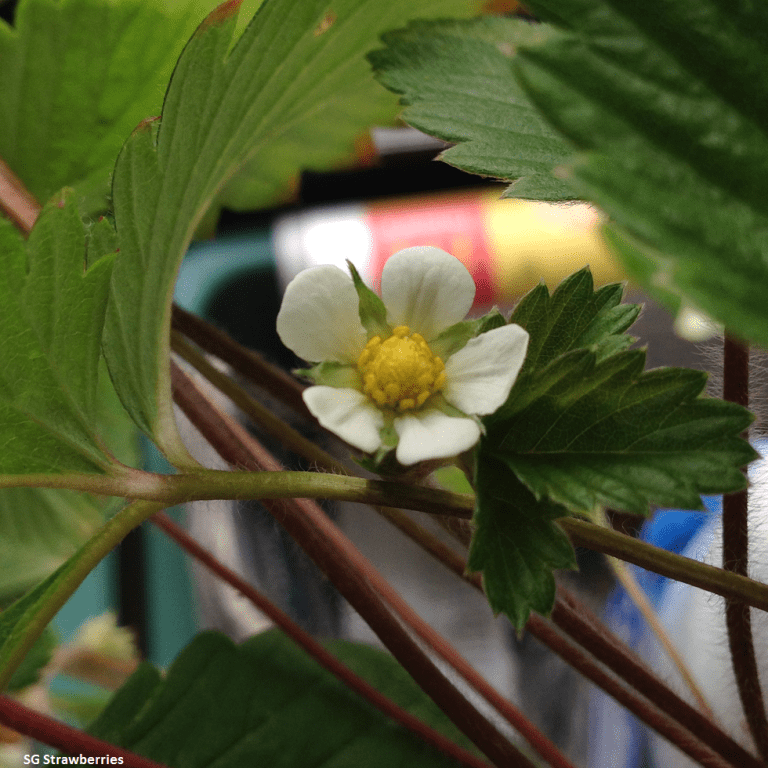
“We really enjoy working with aunty (whom we call Yi Yi) and Summer Jie Jie (big sister). Aunty showed us how to look for answers and to test ideas. Sometimes she made us do (the activity) many times and we get tired, but now we realised practising more is good if we want better results,” they say.
“There are many important lessons that aunty taught us while growing strawberries that we apply in school now.”
Advice For Aspiring Home Gardeners
What, then, would their advice for aspiring home gardeners be, having paved a trail on the then-uncharted ground?
“Just go for it after reading as much as possible. Nowadays, more is possible with cheaper grow lights and hobbyists putting their DIY skills up to craft customized systems for growing vegetables indoors!”


















